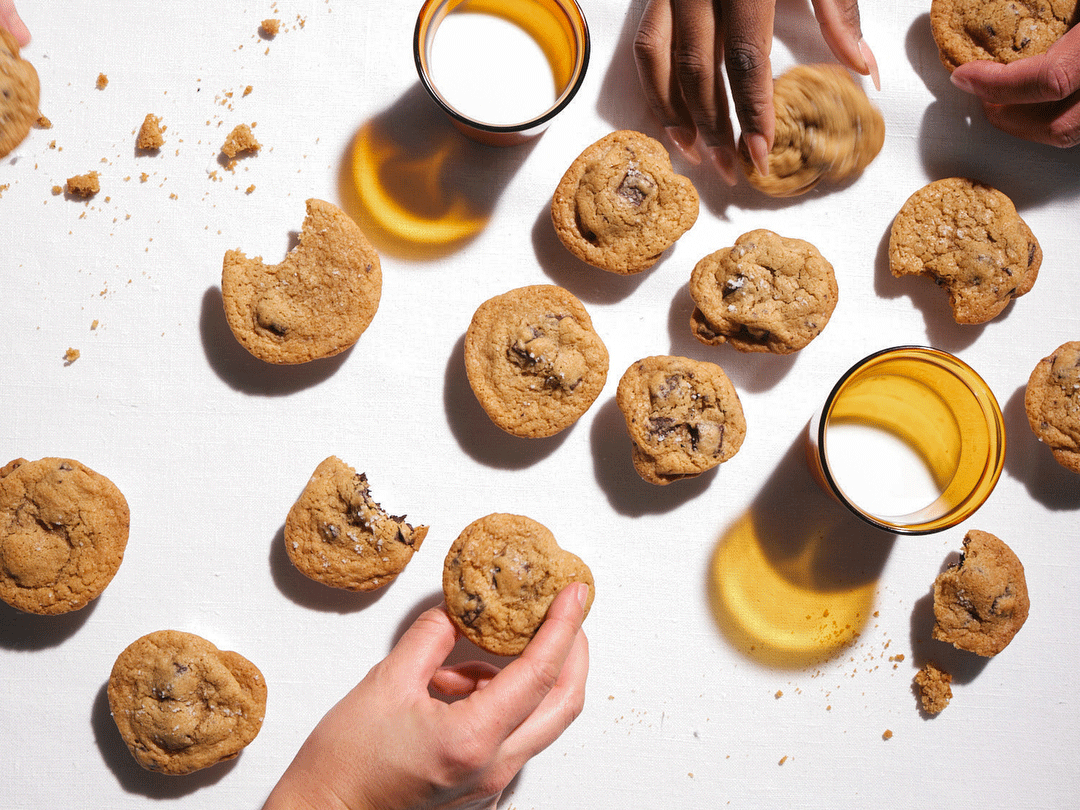Chocolate good for the heart, mysterious in the mouth
While medical researchers are busy trying to figure out why chocolate appears to lower the risk of developing heart disease, chemists are studying the more pressing question of just what gives cocoa beans their irresistible aroma and taste.
Cocoa beans contain hundreds of compounds, all of which combine in the nose and mouth to produce the flavor we know as chocolate. But Peter Schieberle, a professor at the Institute for Food Chemistry at the Technical University in Munich, Germany, figured out that he needed only 25 of these compounds to trick taste testers into thinking they had sampled actual chocolate.
In actual fact, these 25 compounds are decidedly un-chocolatey, Schieberle revealed Monday at the American Chemical Society’s annual meeting in Denver. Sniffed in isolation, some of these substances smell like potato chips, cooked cabbage, peaches, raw beef fat, cucumber, honey, earth and human sweat, among other aromas.
To be fair, chocolate doesn’t start out smelling like chocolate either. It is made from the raw seeds of cacao trees, which have “an intense, bitter taste,” according to a press release from the American Chemical Society. To turn those beans into a tasty dessert, they are fermented in baskets covered with banana leaves, then sun-dried and roasted.
Schieberle’s research may sound pointless. But in the process of identifying the sensory components of chocolate flavor, his team figured out that by adding a small amount of sugar to cocoa before it is processed, the resulting chocolate is more “velvety” and mild “due to the formation of previously unknown taste components,” according to the press release.
That’s important not only to foodies, but also chemists. Schieberle won the 2011 ACS Award for the Advancement of Application of Agricultural and Food Chemistry at the Denver meeting.
More to Read
Sign up for The Wild
We’ll help you find the best places to hike, bike and run, as well as the perfect silent spots for meditation and yoga.
You may occasionally receive promotional content from the Los Angeles Times.











